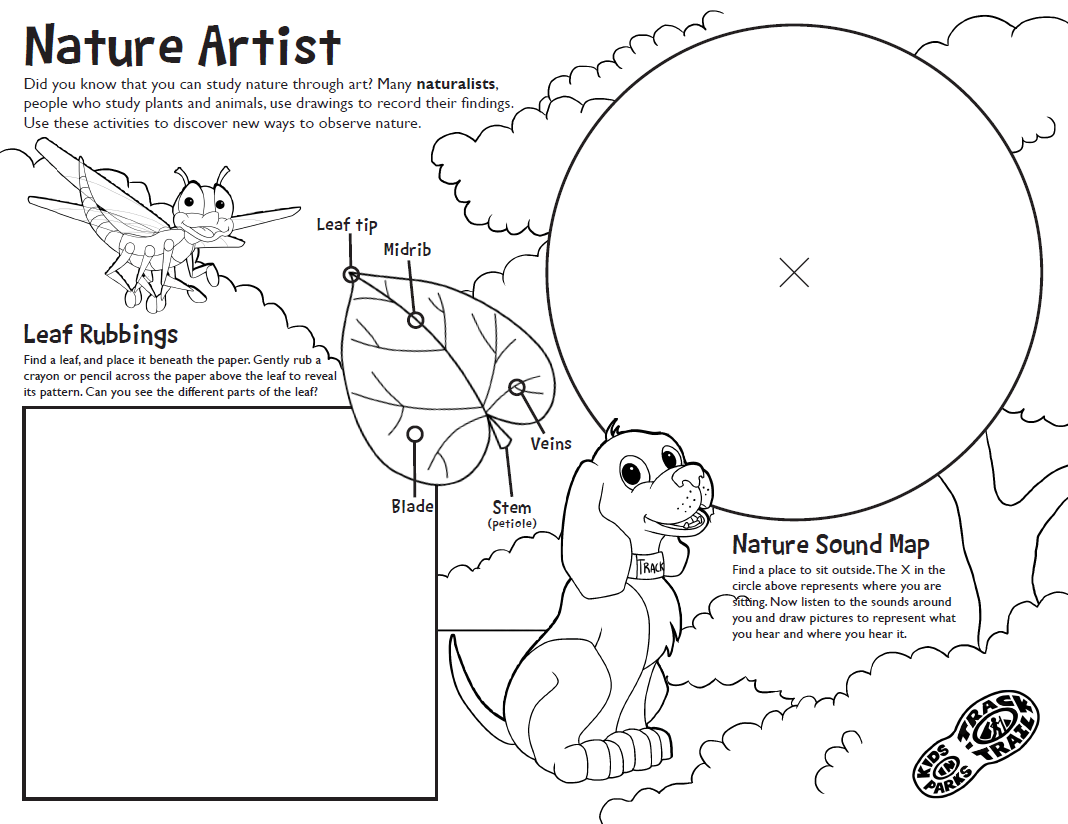Breadcrumb
- Adventure Stories
- Arts in Parks
Arts in Parks
The month of October is National Arts and Humanities Month, and to recognize how nature and our parks inspire creatives, the National Park Service celebrates Arts in Parks.
Whether shaped by nature or preserving the legacy of people (or both!), parks are works of art that in turn inspire artists.
- NPS
Nature Artists
Over the centuries, nature has inspired artists of all types. Whether they are painters, or musicians, or poets, nature has remained a significant muse for artists in every corner of the world. But while many artists use nature as part of their expression, art has also been used to communicate information. Naturalists, people who study plants and animals, often use drawings and paintings to record their findings. Naturalists like John Muir, Beatrix Potter, and John James Audubon.
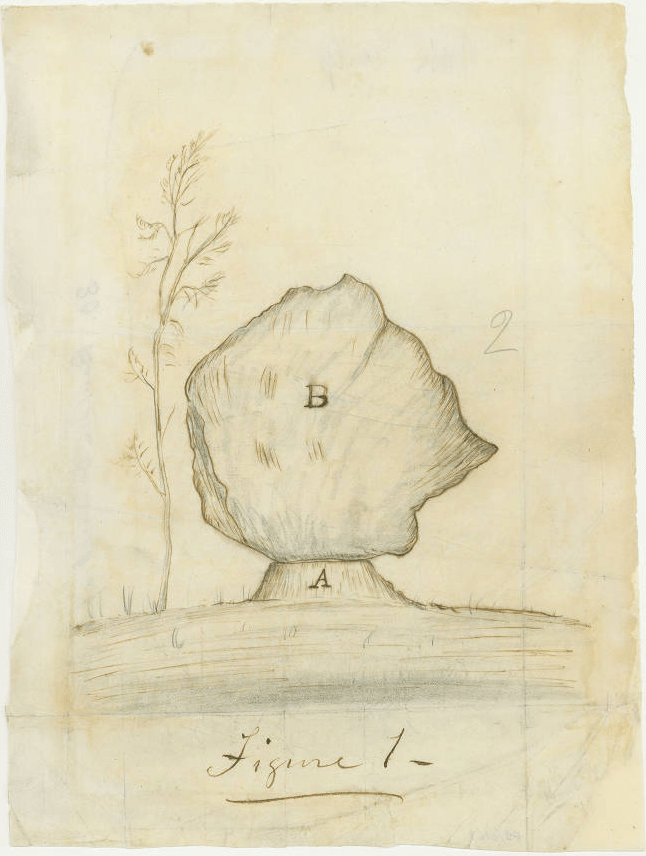 John Muir
John Muir
John Muir was a naturalist, author, and early advocate of the preservation of the American wilderness. Because of his accomplishments in preserving America's environment, he is known to many as the "Father of the National Parks," and much of America's wilderness has been preserved in part to his efforts. He also founded the Sierra Club, which is now one of the most important conservation organizations in the United States. Muir felt that resources from parks and forest should be off-limits to industrial use, and through letters, essays, and books he would bolster his views by recounting his adventures in nature, especially in the Sierra Nevada mountains. While he is very well known as an explorer, and his writings have been read by millions of people since, Muir was also an exceptionally good artist who frequently would sketch the things he saw in his travels.
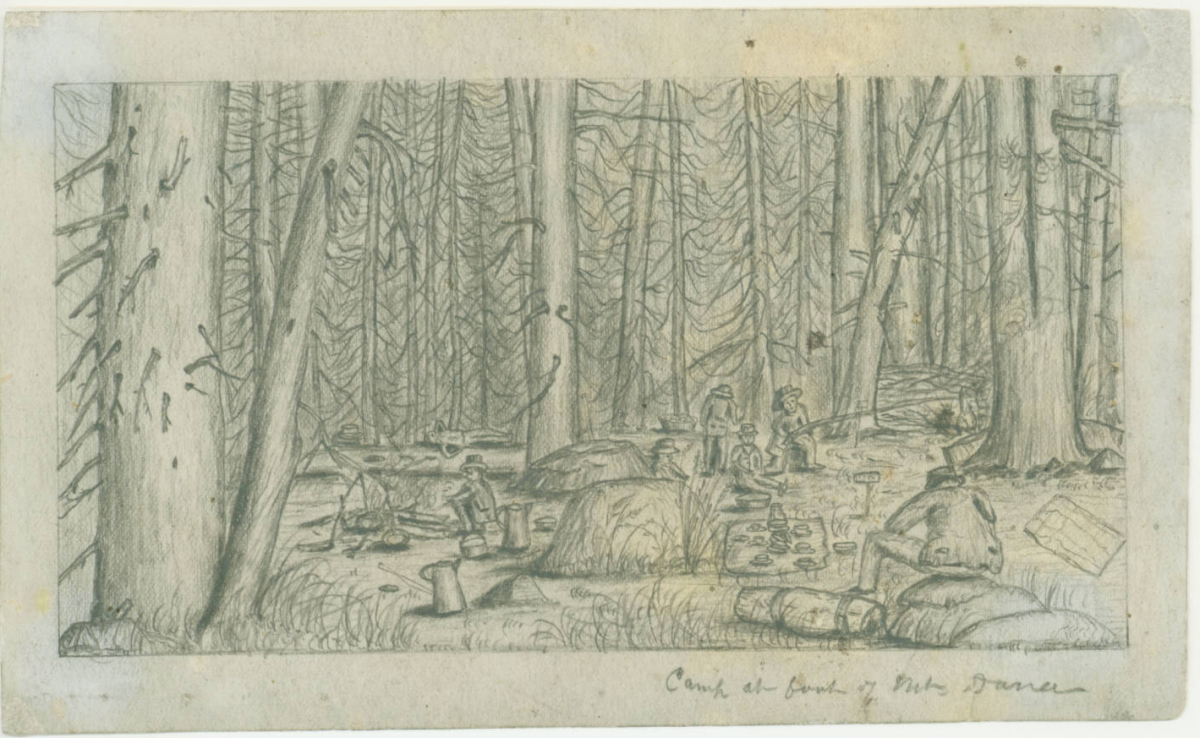
Beatrix Potter 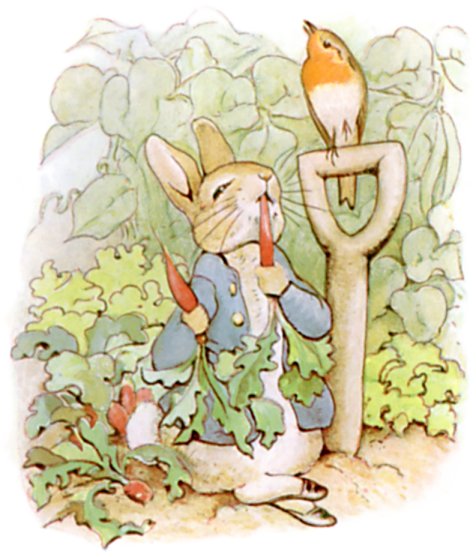
Beatrix Potter is most famous for writing children's books, with her most famous work being The Tale of Peter Rabbit. But not only was she an author and illustrator, she was also a naturalist, conservationist, and mycologist (someone who studies fungi). Potter was fascinated with natural sciences. She enjoyed botany, collecting fossils, studying artifacts, and even studying insects. She began her studies of fungi after being drawn to their colors, and how quickly they would appear and disappear in nature. This led her to begin research on how fungi reproduced, and after doing several microscopic drawings of fungus spores, she developed a theory of their germination. Potter would record her findings in a paper titled On the Germination of the Spores of the Agaricineae, which she submitted to the Linnean Society in 1897. However, she withdrew her paper because women, at the time, were not yet accepted into scientific communities, and she also discovered some of her samples had been contaminated. This did not stop her from pursuing her studies on fungi though, and in recent years, her papers have been rediscovered and are now being properly reviewed.
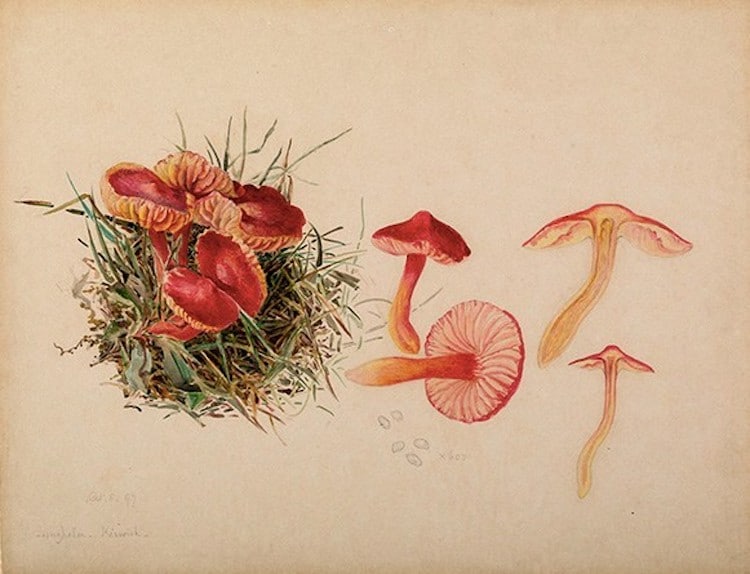
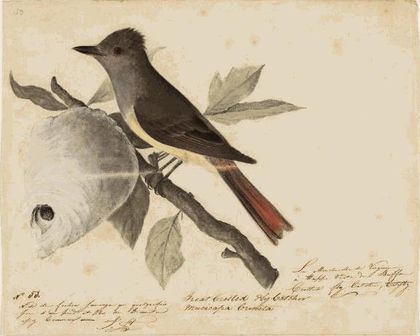 John James Audubon
John James Audubon
John James Audubon was sent to America in 1803, at the age of 18, to escape being drafted into Napoleon's army. While living in Philidelphia, he would study and draw the birds he hunted. Many years passed, and Audubon established both a family and a business while continuing his study of birds as a hobby. But after hard times hit, Audubon took what little he had and floated down the Mississippi River to paint birds. In 1826, he would return to England with his collection of partly finished nature studies, which gave him some fame as “The American Woodsman.” The English people were fascinated with his drawings of American wildlife, and by touring with his drawings, Audubon raised enough money to publish his paintings as The Birds of America, which today features life-sized watercolors of 435 species of birds living in America, some of which are extinct today.
The National Audubon Society writes: "Audubon's story is one of triumph over adversity; his accomplishment is destined for the ages. He encapsulates the spirit of young America, when the wilderness was limitless and beguiling. He was a person of legendary strength and endurance as well as a keen observer of birds and nature. Like his peers, he was an avid hunter, and he also had a deep appreciation and concern for conservation; in his later writings he sounded the alarm about destruction of birds and habitats. It is fitting that today we carry his name and legacy into the future"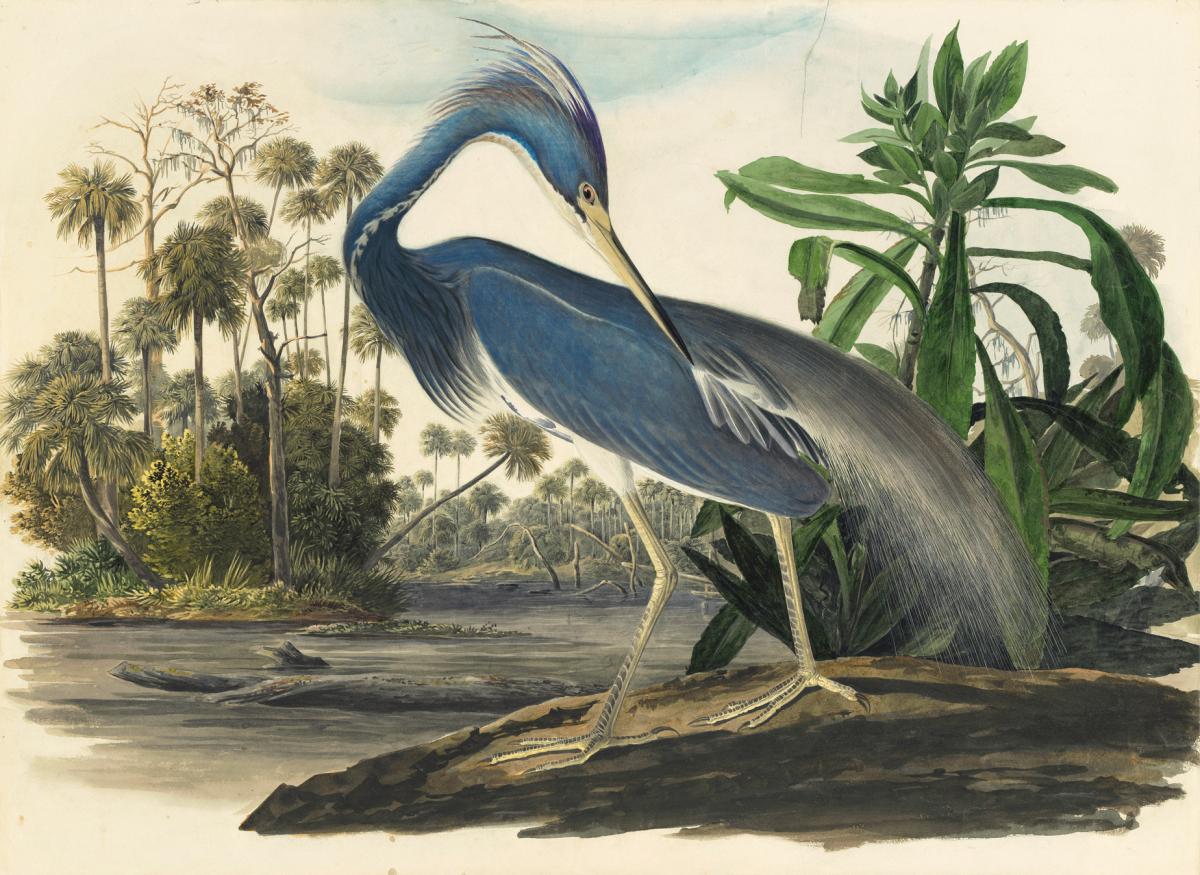
Start a Nature Journal
Creating a nature journal is a great way to connect kids to the outdoors and encourage them to observe the natural world around them. Kids can draw, write, create poems, take pictures, or collect things to put inside their journal. Below are some resources to help you get started on your own nature journal!
- Nature Journaling with Kids by Expeditionary Art
- Nature Journaling with Kids from No Fuss Natural
- Handbook of Nature Study
- Natural Journaling for Kids: 10 Ways To Help Them Enjoy It
- Nature journaling for all ages by Christine Elder, science educator and visual artist
You can also use our Kids in Parks Nature Artist Worksheet, which you can download below. Or, by completing a hike on one of our TRACK Trails, you can receive a free Kids in Parks Nature Journal in the mail, where you can collect stickers for each TRACK Trail you visit, and write and draw about your hike!

